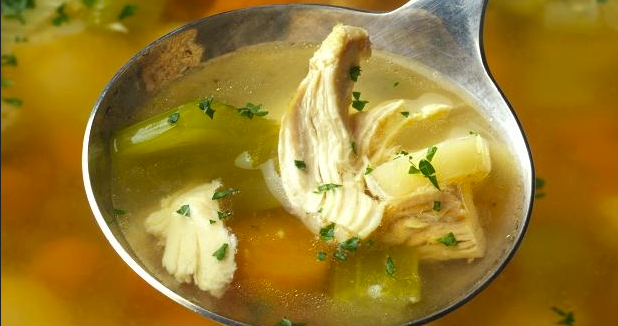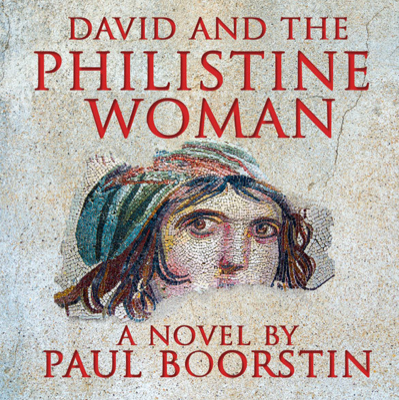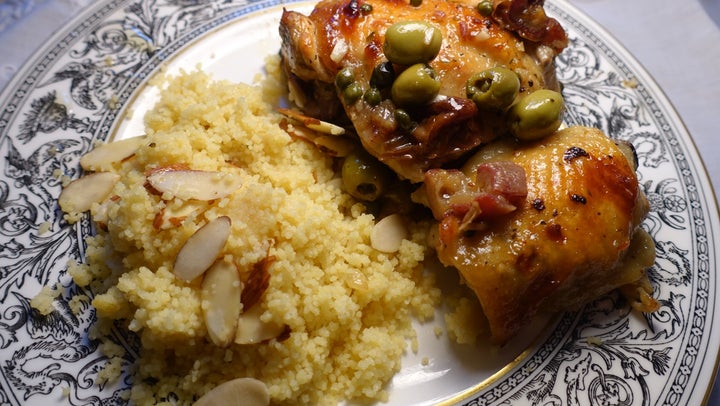
Anyone who ever had a Jewish mother knows that food holds a special significance in Jewish life. And I don’t just mean chicken soup as a remedy for a sore throat or an aching soul. In Judaism, we use food not only to celebrate our holidays, but also to capture their meaning. On Rosh Hashanah, we eat apples and honey to savor the sweetness of the New Year. Now I offer recipes for delicious Rosh Hashanah dishes that will take you back to the time of David.

When I wrote David and the Philistine Woman, a historical novel set in the time of David and Goliath, I wanted to capture the flavor of those distant times. I wanted to show that for David, tasting unfamiliar foods was part of his journey of discovery. In one chapter, after the music of David’s lyre rids King Saul of his demons, Saul invites him to feast in his chambers. The inexperienced young shepherd finds himself plunged into a realm of exotic foods and flavors beyond his imagining:
“He dined alone with Saul in his royal chamber, which was illuminated with beeswax candles. Accustomed to the weak glow of oil lamps, David was dazzled by their radiance. Tobiah, the king’s advisor, directed a procession of servants bearing platters with delicacies unknown to David, luxuries too costly to be sold to common people in the market in Gibeah: roasted quail and venison; walnuts glazed with date honey; bowls of quince and carob with sweetened fig cakes. For him, tasting this food was like hearing bold new harmonies played on his lyre for the first time. The flavors were sharper, sweeter, spicier than any he knew. They vary as sunsets vary, he thought, no two alike, each leaving its own afterglow.” (p. 47)
After I wrote that scene, I thought, what if I took it a step further? It is one thing to read about a feast, but quite another to sit down at the table and eat it. I decided to develop recipes that would evoke the era of my novel. Could our taste buds transport us back in time, to experience what a banquet might have been like 3000 years ago? To develop the recipes, I went to the author of the acclaimed Jewish memoir/cookbook Let Us Eat Cake, Sharon Boorstin—who also happens to be my wife. She created dishes to evoke the feast that David ate on the night in my novel when he entered the sophisticated realm of Saul’s court. For David, the banquet is an initiation, a step in his journey from humble shepherd to worldly king of his people. For readers of David and the Philistine Woman, the recipes for “David’s Feast” will offer a taste of Biblical times for Rosh Hashanah. Click here for "David's Feast" recipes. For a copy of “David and the Philistine Woman,” click here. For a recipe for the world’s best chicken soup, see below...

P.S. I received a number of requests for a recipe for the chicken soup pictured above, so I turned to my wife, Sharon. She provided the family recipe that appeared in her memoir/cookbook Let Us Eat Cake. “The secret is the cloves,” said Sharon. “Cloves! Who knew?!”
“LET US EAT CAKE” CHICKEN SOUP
(serves 8)
Make this soup the day before you serve it, letting it cool down overnight. And you can’t cook it too long; if the level gets low, add water.
6 quarts water
2 small or 1 large Kosher chicken
2 large yellow onions, quartered
8 whole cloves, 1 stuck into each onion quarter
5 bay leaves
8 stalks celery, cut into 1-inch pieces
8 large carrots, scrubbed and cut into 1-inch rounds
4 medium parsnips, scrubbed and cut into 1-inch rounds
Salt and pepper to taste
1. Fill a large heavy soup pot with the water. Clean the chicken(s) and put them into the pot. Bring the water to a boil and cook, uncovered, for 30 minutes. Skim the scum off the top of the water. Cover the pot and cook over low heat for 3 to 4 hours.
2. Add more water if it is needed to cover the chicken, add the vegetables, and bring the soup back to a boil. Turn down the heat, cover the pot, and simmer for 2 hours, until the meat is falling off the bone. If necessary, add more water to keep it soupy. Add salt and pepper to taste.
3. Strain the soup through a colander into another pot. In the colander, when the meat is cool, pick out and discard the bones and bay leaves.
4. Add as much of the chicken and vegetables as you like back into the soup and reheat before serving. Add salt and pepper to taste. Egg noodles or matzoh balls are a good addition.
